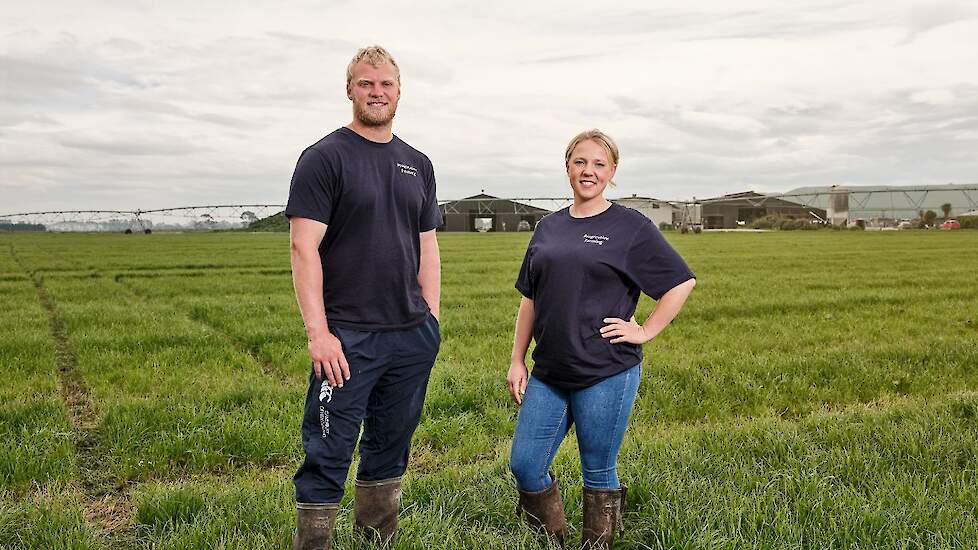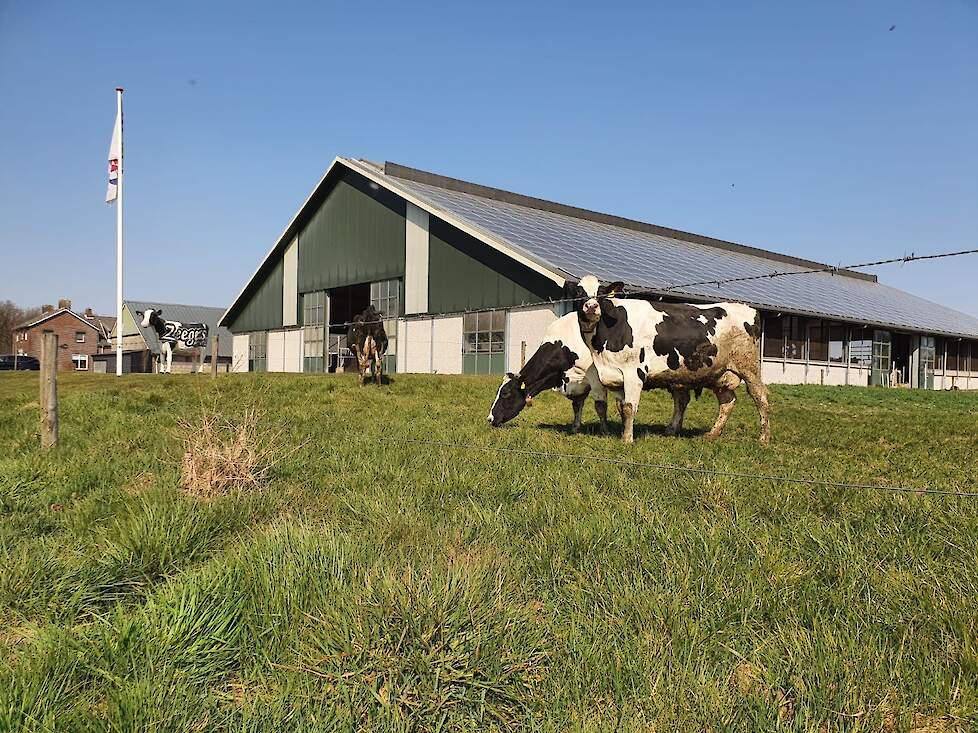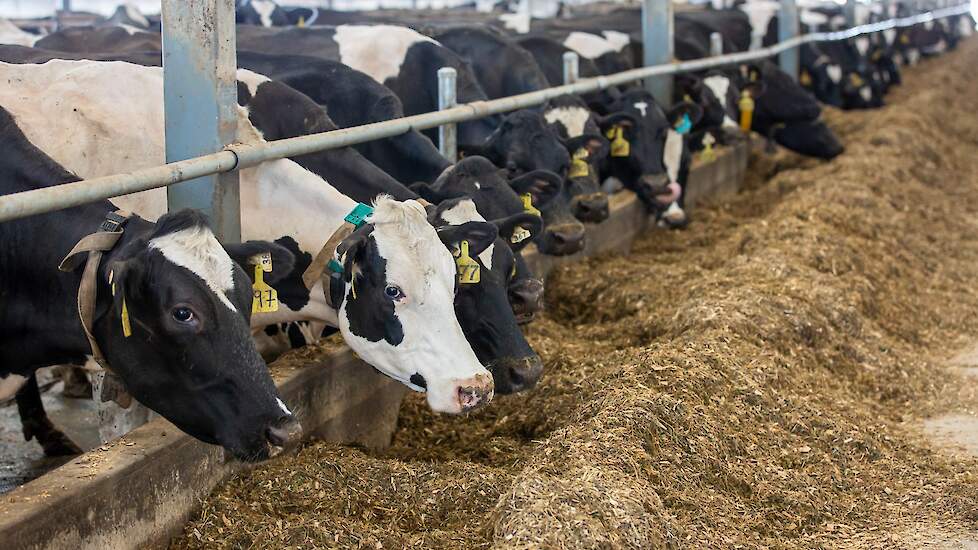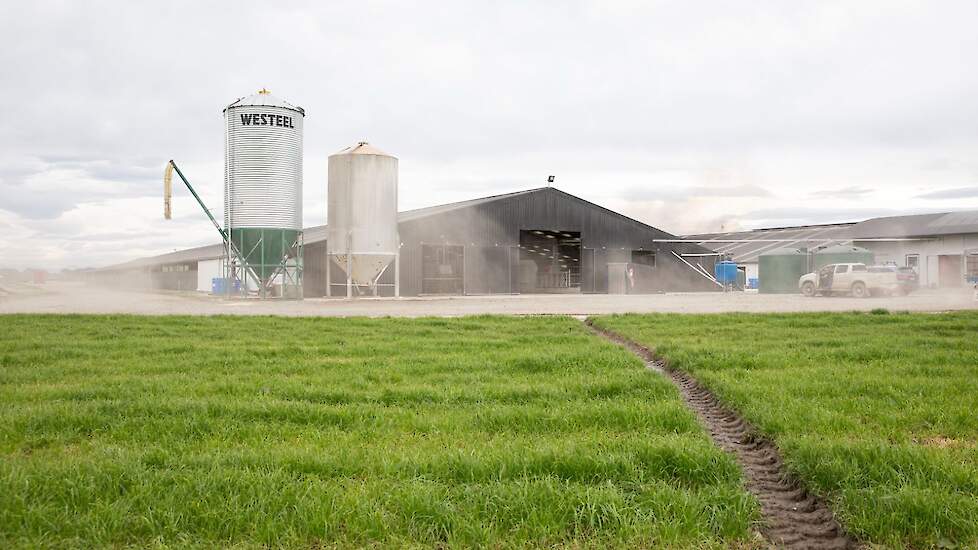
The Van Leeuwen family from the Canterbury region of New Zealand currently milks 890 cows with 16 Lely Astronauts. They farm in a sustainable, profitable and pleasant way, keeping the cows under the roof and with milking robots. “We farm a bit differently from the traditional New Zealand farm, because we keep our cows indoors, we treat them with the Lely Astronaut and we see this as something that will grow in the future. »
Goals of the van Leeuwen family
The aim of the farm is to breed medium-sized cows with a high production, not in liters but in milk dry matter. They can track the performance of their cows on Horizon. Horizon’s individual cow and heifer information and genomic testing enables them to breed the best cows and heifers to improve herd quality. Meg says, “I think in the barn it’s really important to go for quality over quantity because we put everything into this feed and our staff work really hard, so we want to get the most out of the barn.”
Transition from conventional to automation
According to Dion, the transition from the conventional milking parlor to Lely’s automatic milking system had no negative effect on milk production. Milk production even increased because the cows were fed an RTM diet and due to the right balance of nutritional elements in the diet, this resulted in higher yield. With the milking robot, they have the possibility to feed the cows in the right way, according to their production, which has a positive effect on the whole herd.

Cow management
The management of Jersey cows does not change much from Holstein Friesian cows. The daily routine is the same, the only difference with Jerseys is that they are a little more efficient at converting feed and in New Zealand they are paid on a milk solids basis. Jersey cows produce more milk relative to their weight.
“Normally an outdoor farm produces an average of 20 liters per cow per day and indoor cows now produce around 28 liters per day” – Dion Van Leeuwen.
Find employees
“It’s easier for us to find workers who want to work in the robotic barn than in the traditional grazing system, just because it’s different and interesting,” Meg Coombs said.
“I think public opinion is really important on dairy farms these days and I think if people can come and see the barns and see how the cows are in the stall system they’re happy they can eat when they want, that they can lie free and be milked, I think that will change their perception of dairy farming and hopefully for the better.” -Meg Combes

“Devoted bacon guru. Award-winning explorer. Internet junkie. Web lover.”
 DodoFinance Breaking News Made For You!
DodoFinance Breaking News Made For You!


